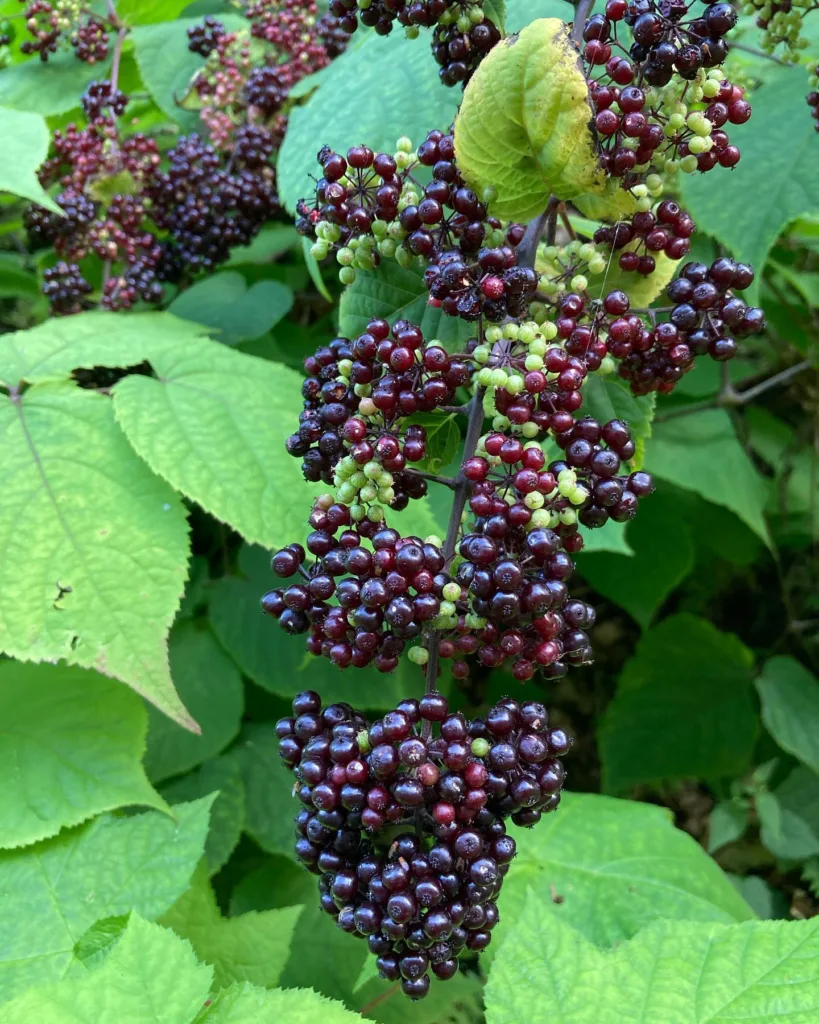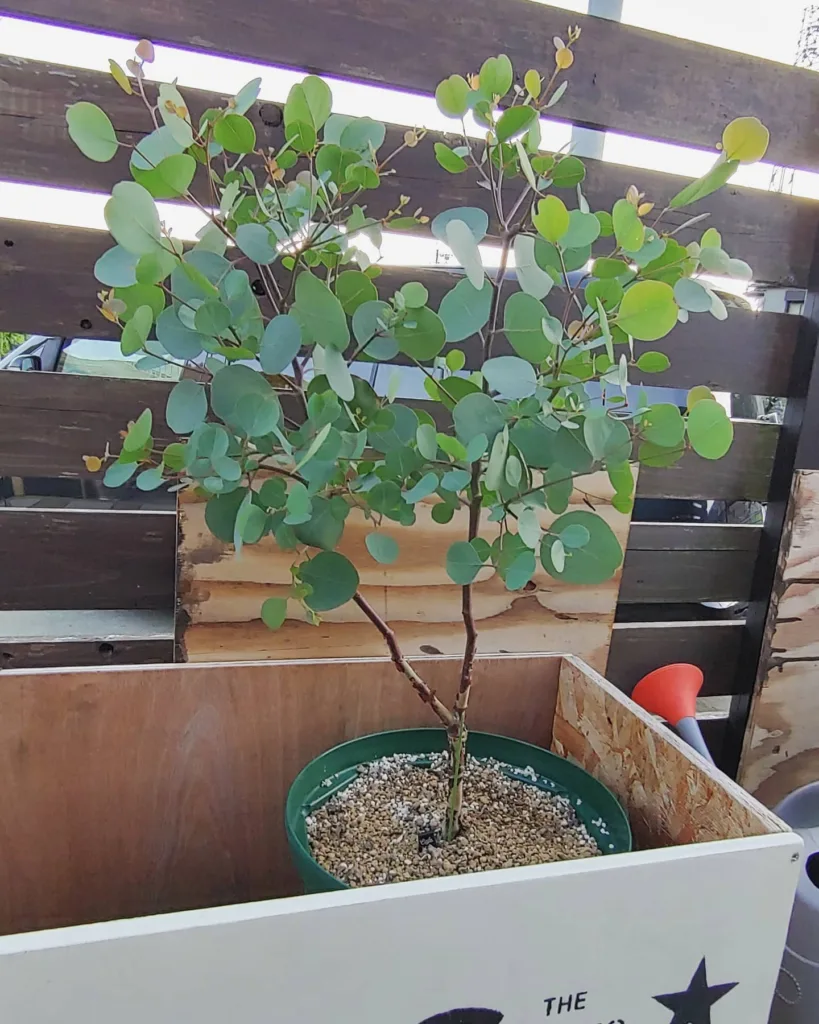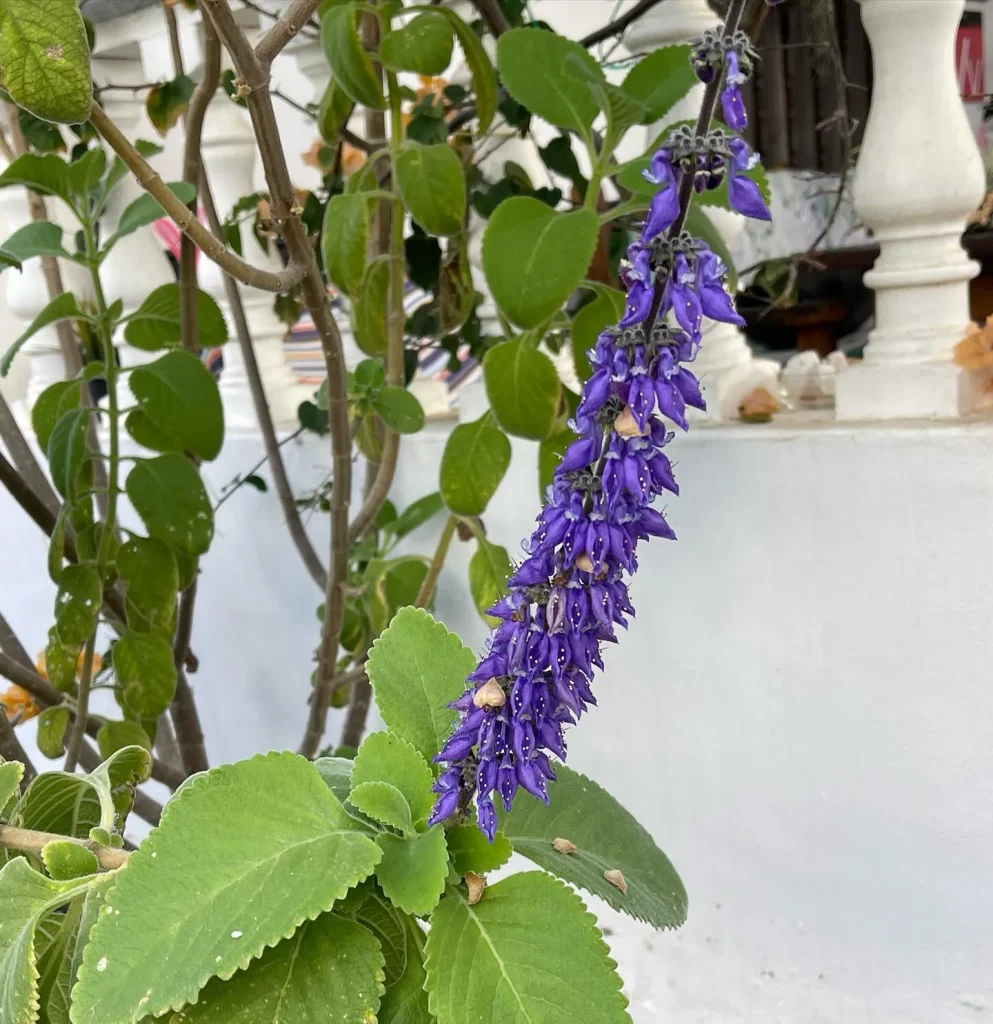
FAQs About Lonicera Tatarica
When it comes to gardening and landscaping, the Lonicera Tatarica, commonly known as the Pink Honeysuckle, is a plant that often catches my eye. Its vibrant pink flowers and hardy nature make it a popular choice for many gardeners. However, I’ve encountered several questions about this plant and decided to address them based on my experiences and research. Here’s a comprehensive FAQ guide to help you better understand and care for Lonicera Tatarica.
162 Species in Genus Lonicera
What Is Lonicera Tatarica?
Lonicera Tatarica, or Pink Honeysuckle, is a deciduous shrub native to Eurasia. It is known for its attractive pink, tubular flowers that bloom in late spring to early summer. This plant is valued for its ability to adapt to various soil types and its resilience in different climates.
Can Pink Honeysuckle Lonicera Tatarica Spread?
One of the most common questions I get about Pink Honeysuckle is whether it spreads. The answer is yes, Lonicera Tatarica can spread, but it’s not as aggressive as some invasive species. It tends to form a dense thicket over time, especially if left unchecked. This characteristic can be both beneficial and challenging, depending on your garden’s layout and maintenance plans.
Can Pink Honeysuckle Lonicera Tatarica Grow in Clay?
If you have clay soil in your garden, you might wonder if Pink Honeysuckle will thrive there. In my experience, Lonicera Tatarica can indeed grow in clay soil. It is quite adaptable and can tolerate a range of soil conditions, including heavy clay. However, ensuring good drainage is crucial because clay soil can retain too much moisture, which may lead to root rot. Amending the soil with organic matter can help improve drainage and overall plant health.
Can Pink Honeysuckle Lonicera Tatarica Grow in Shade?
Another frequent question is about the plant’s ability to grow in shaded areas. While Pink Honeysuckle prefers full sun to partial shade, it can tolerate more shaded conditions, especially in hotter climates. However, keep in mind that flowering might be less abundant in full shade compared to more sunlit spots. For best results, try to plant it where it receives at least a few hours of sunlight each day.
How to Grow Lonicera Tatarica?
Growing Lonicera Tatarica is relatively straightforward. Here’s a step-by-step guide based on my gardening experience:
- Choose the Right Location: Opt for a spot with well-drained soil. While it can handle various soil types, a sunny or partially shaded area is ideal for the best flowering.
- Planting Time: The best time to plant Pink Honeysuckle is in early spring or fall. This gives the plant ample time to establish roots before extreme temperatures.
- Planting Process: Dig a hole twice as wide as the root ball and the same depth. Place the plant in the hole, making sure it’s level with the surrounding soil. Fill in with soil and water thoroughly.
- Watering: Keep the soil consistently moist but not waterlogged, especially during the first growing season.
How to Prune Lonicera Tatarica?
Pruning is essential to maintain the shape and health of your Pink Honeysuckle. Here’s how I approach it:
- Timing: The best time to prune Lonicera Tatarica is in late winter or early spring before new growth begins.
- Pruning Technique: Remove any dead or damaged branches. To encourage a more compact shape, cut back the older branches. Be careful not to over-prune, as this can reduce flowering.
- Maintenance Pruning: Regularly remove spent blooms and any crossing branches to promote air circulation and reduce disease risk.
How to Propagate Lonicera Tatarica?
If you want to propagate Pink Honeysuckle, you can do so through seeds or cuttings:
- Seeds: Collect seeds from mature flowers and sow them in a seed tray filled with a well-draining mix. Keep the soil moist and provide light. Germination can take several weeks.
- Cuttings: Take semi-hardwood cuttings in late summer. Dip the cut end in rooting hormone and plant in a pot with a mix of peat and sand. Keep the cuttings in a warm, humid environment until they root.
What to Plant With Lonicera Tatarica?
Lonicera Tatarica pairs well with various companion plants. I’ve found that it works nicely with ornamental grasses, hostas, and other flowering shrubs. Its dense foliage provides a great backdrop for plants with contrasting textures and colors.
Is Lonicera Tatarica Toxic?
Lonicera Tatarica is not considered toxic to humans or pets. However, as with many plants, it’s a good practice to keep an eye on pets and children to prevent them from eating the plant, especially in larger quantities.
Common Problems with Lonicera Tatarica
Some common issues include:
- Pests: Aphids and spider mites can sometimes be a problem. Regular inspection and appropriate treatment can manage these pests.
- Diseases: Watch out for powdery mildew and root rot, especially in poorly drained soils. Proper spacing and good garden hygiene can help prevent these issues.
Comparing Lonicera Tatarica to Other Honeysuckles
Compared to other honeysuckle varieties, Lonicera Tatarica is less aggressive than Japanese Honeysuckle (Lonicera japonica), which can become invasive. However, it’s still important to monitor its growth and manage its spread to ensure it doesn’t overwhelm other plants in your garden.
In summary, Lonicera Tatarica is a versatile and attractive shrub that can enhance any garden. By understanding its growth requirements and maintenance needs, you can enjoy its beautiful blooms and lush foliage for years to come.
If i die, water my plants!



